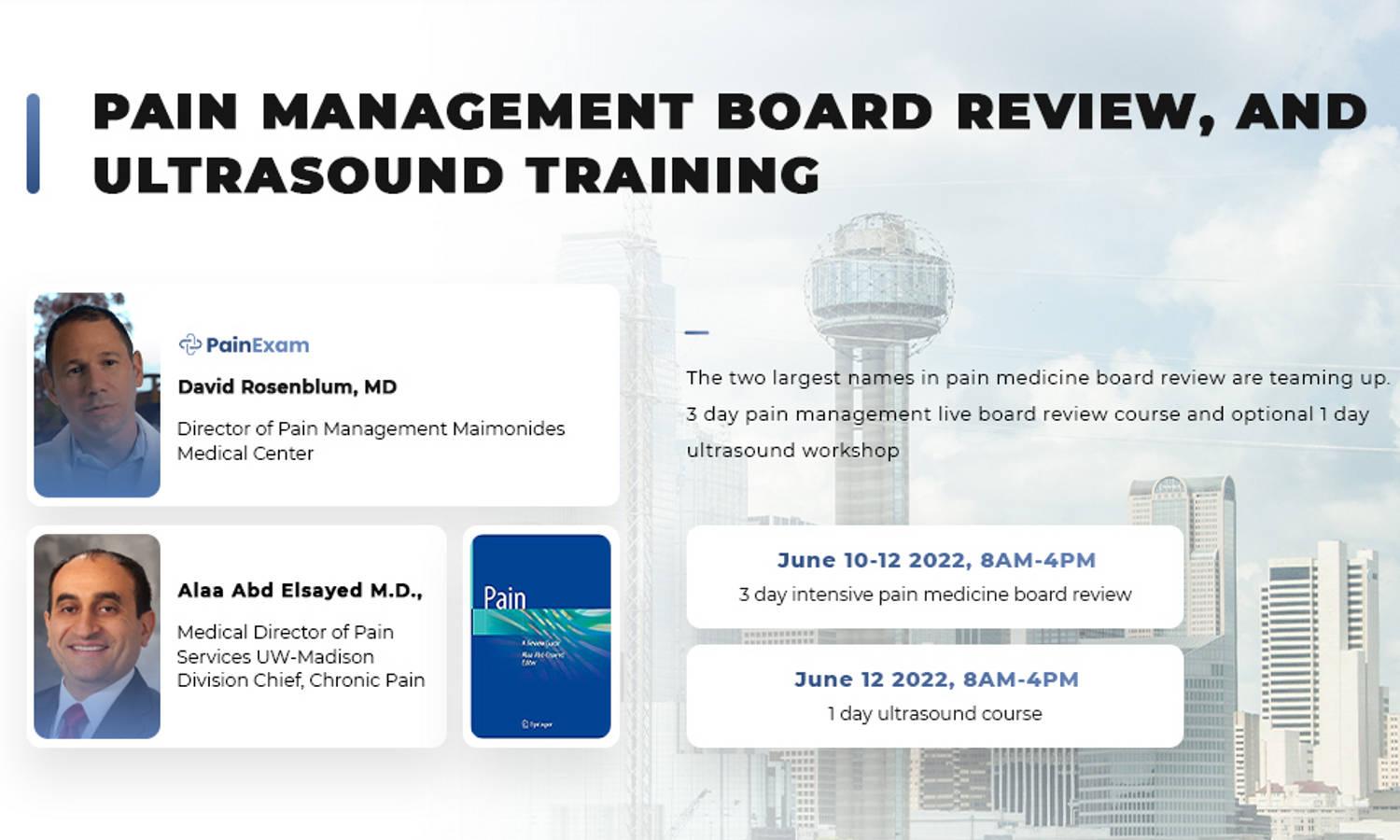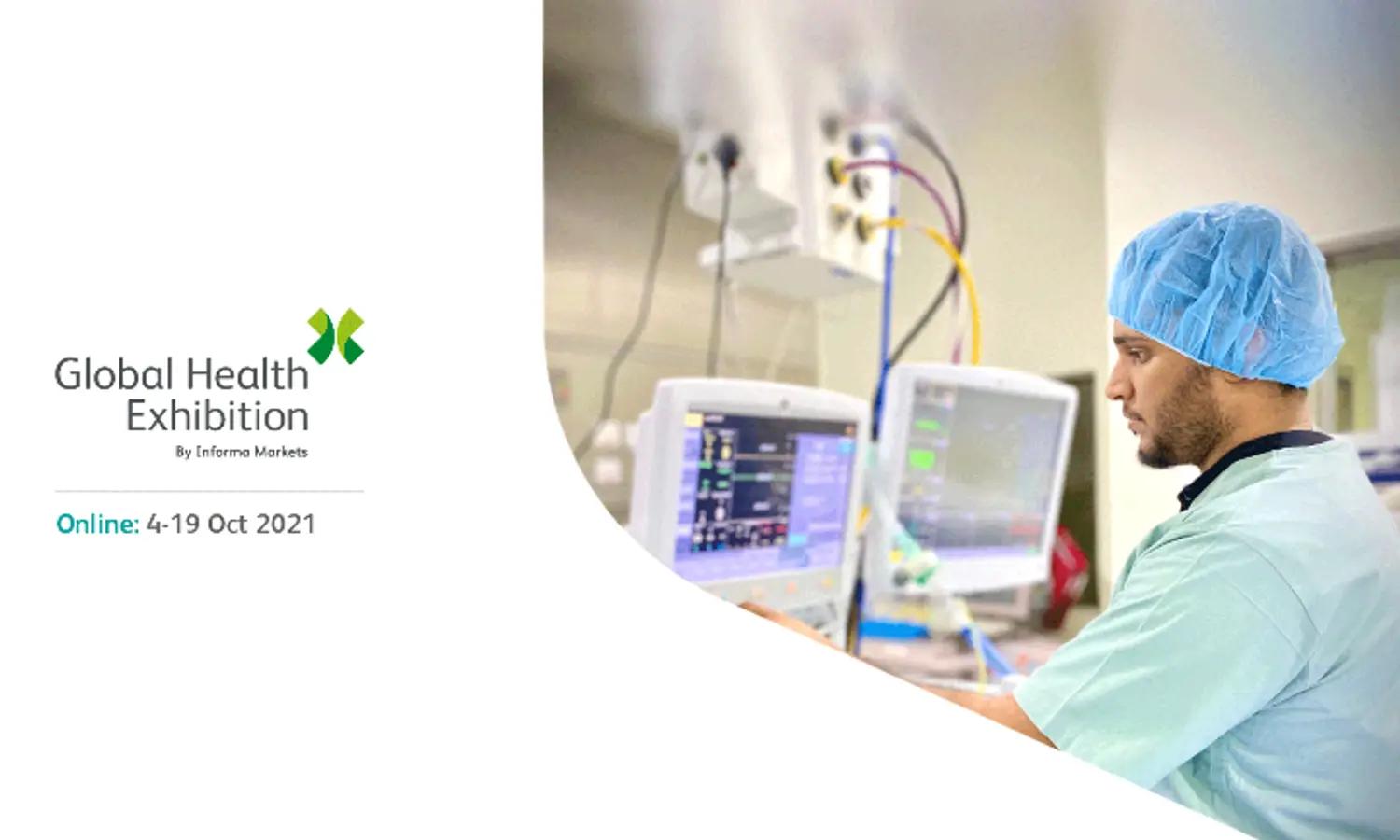
Enhancing Quality and Safety in Digital Radiography
 hosted byeRADIMAGING
hosted byeRADIMAGING
Enhancing Quality and Safety in Digital Radiography is organized by eRADIMAGING.
Release Date: 08/05/2019
Expiration Date: 09/01/2025
Course Description:
The introduction of digital radiography (DR) has changed the way x-ray images are captured, manipulated, stored, and viewed. It overcomes many of the limitations of traditional analog radiography, including the cost of film, chemicals, storage, and distribution, but also such technical characteristics of the medium. Film-screen radiography offers a narrow margin of error, increasing the potential for poor-quality images and the need for repeat examinations, thereby exposing patients to excess radiation. Image quality with film-screen radiography also is noticeably inferior, and departmental workflow, efficiency, and output are much reduced. As a consequence, DR has become the standard in most radiology departments and institutions. At the same time, the use of digital technologies raises unique considerations related to image quality and appearance, quality control, radiation safety, and workplace performance. A variety of approaches, once technological, educational, and operational, have been introduced to address these emerging concerns.
Abstract:
The introduction of digital radiography (DR) has changed the way x-ray images are captured, manipulated, stored, and viewed. It overcomes many of the limitations of traditional analog radiography, including the cost of film, chemicals, storage, and distribution, but also such technical characteristics of the medium. Film-screen radiography offers a narrow margin of error, increasing the potential for poor-quality images and the need for repeat examinations, thereby exposing patients to excess radiation. Image quality with film-screen radiography also is noticeably inferior, and departmental workflow, efficiency, and output are much reduced. As a consequence, DR has become the standard in most radiology departments and institutions. At the same time, the use of digital technologies raises unique considerations related to image quality and appearance, quality control, radiation safety, and workplace performance. A variety of approaches, once technological, educational, and operational, have been introduced to address these emerging concerns.
Learning Objectives:
After reading this article, the participant should be able to:
• Explain the difference between digital and film-screen radiography, the different types of DR, and their respective advantages and disadvantages.
• Summarize the process of image acquisition and processing and the factors that contribute to image quality and appearance.
• Design an interdisciplinary approach to maximize patient safety by improving radiation protection.
• Apply best practices to ensure the optimum workplace productivity and quality control.









